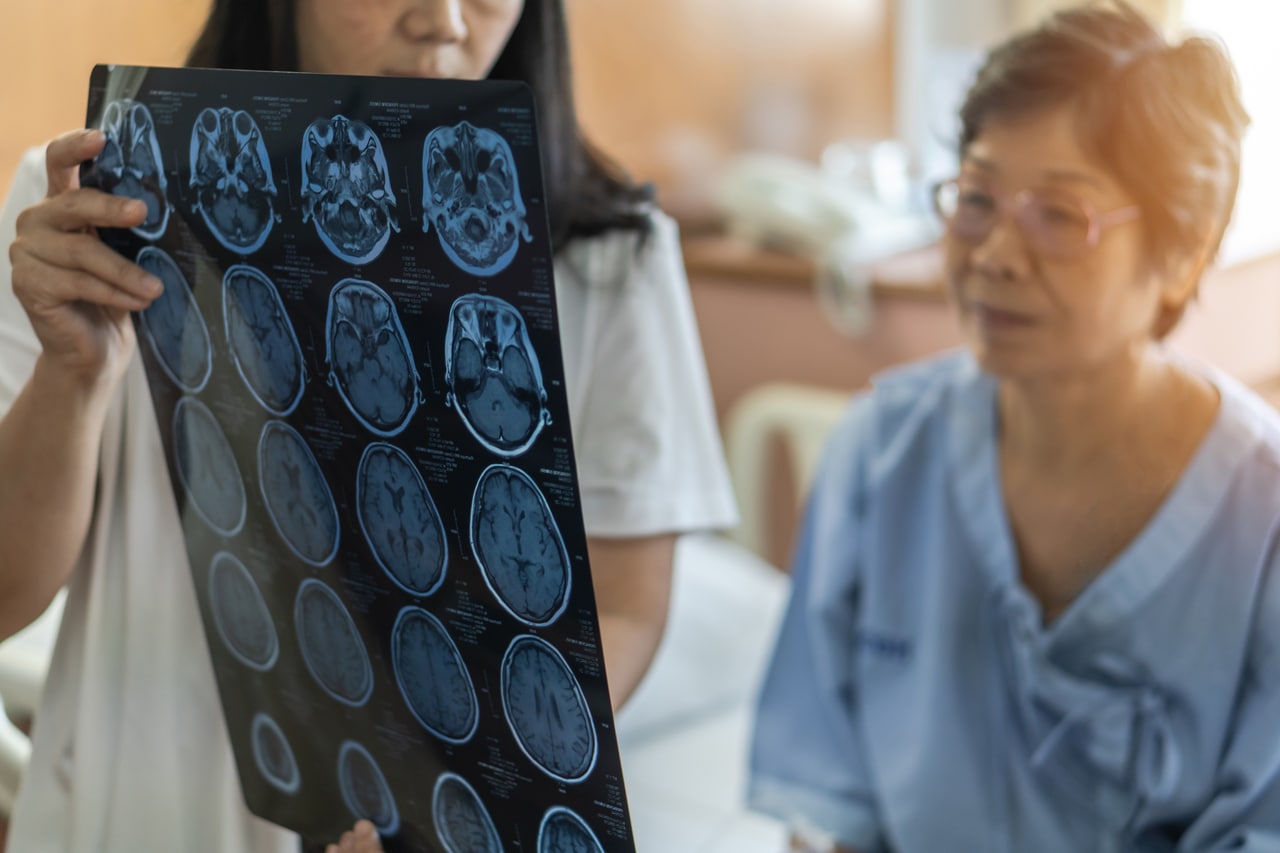Is there a connection between stroke, TDP-42 and ALS?
Amyotrophic lateral sclerosis (ALS or Lou Gehrig disease) is a representative neurodegenerative disease that affects upper and lower motor neurons. The mechanism of ALS is not fully understood, but mislocalization and aggregation of the TDP-43 protein in the cytoplasm play an important role. A stroke in the motor area could cause symptoms similar to those of ALS, with one big difference: a stroke is a sudden accident, and ALS is a disease that develops slowly.

TDP-43 proteinopathy is thus associated with several chronic neurodegenerative diseases and is common in the elderly. We have known for several years that there is an association between TDP-43 and ischemic stroke.
The TDP-43 protein is normally expressed in the nucleus of cells, but under pathological conditions, it forms inclusions in the cytoplasm.
Historically, the prevalence of stroke in patients with ALS ranged from 1.6 to 8.0% in case-control studies, with inconsistent results.
Thus, in a study of 500 patients with ALS in Portugal, the prevalence of strokes (hemorrhagic and ischemic) did not differ from that of controls, regardless of the region of onset.
However, another study of 200 patients in Germany suggested that the prevalence of ischemic stroke was higher among patients in control groups.
On the other hand, previous ischemic stroke has been reported to increase the risk of ALS.
In a cohort study carried out in England, the relative risk of ALS was found to be 1.31 times higher than the expected number.
A new study in Korea
In a recent study published on MedRXiv, the authors studied the risk of developing ischemic stroke in Korean ALS patients compared to a control population using the Korean National Health Insurance Service (NHIS) database and to what extent. the degree of disability may influence TDP-43 proteinopathy.
The type and severity of disability are legally defined in Korea by the degree of disability recorded in the National Disability Registration System (NDRS) of the Ministry of Health and Welfare. Korean scientists defined and studied three groups, the control group, the group of ALS patients without disability, and that of ALS patients with disability.
Risk of ischemic stroke in the ALS group compared to the control group
During the follow-up period, 13 ischemic strokes were recorded in the ALS group and 204 in the control group. Incidence rates were 7.8/1000 person-years in the ALS group and 3.2/1000 PY in the control group. Incidence rates of ischemic stroke were similar in the disabled and non-disabled ALS groups.
There are several possible explanations for the increased risk of ischemic stroke not explained by vascular risk factors. First, ischemic stroke can be caused by paradoxical embolism.
Venous thromboembolism is common in ALS patients due to reduced mobility, and the risk of deep vein thrombosis is 3.2 times higher than in people without ALS.
This increased risk of thromboembolism in ALS may explain the higher risk of ischemic stroke. Second, increased systemic inflammation in ALS can lead to ischemic stroke.
The lack of expected effect of disability on the risk of ischemic stroke in ALS patients may be due to the small number of events.
Detailed clinical characteristics regarding the region of onset, disease duration, and medications for the treatment of ALS such as riluzole and edaravone, which may be neuroprotective in cerebral ischemia were not included in Analyses.
Our conclusion
This study, like most, leaves us wanting more. Making a causal link between strokes which would lead to TDP-43 inclusions which would ultimately cause ALS is attractive. The existence of stroke or TIA (micro/mini-stroke) is common as we age over fifty. For the cells concerned this is an enormous stress, that of no longer being supplied with oxygen and nutrients. We know that stressed cells sometimes develop proteinopathies.
However, this article does not further explore the causal link between stroke and proteinopathy.
Another article published in 2018 can serve as a complement to this recent article. Scientists studied the age-related expression of TDP-43 in neurons and glial cells and its role as a modulator of inflammation following ischemic injury. To do this, they created artificial strokes in wild-type and TDP-43 transgenic mice of different age groups.
These authors reported an age-related increase and formation of cytoplasmic inclusions of TDP-43 after artificial strokes. The dysregulation observed in TDP-43 expression patterns was associated with increased microglial activation and innate immune signaling.
The presence of aggregates of ubiquitinated TDP-43 and its cleaved fragments of TDP-35 and TDP-25a was markedly increased in mice aged 12 months, leading to larger infarcts and a significant increase in neuronal death.
Overexpression of cytoplasmic TDP-43 also drove the pathogenic NF-κB response and further increased the levels of pro-inflammatory markers and ischemic injury.
Regardless, the causes of ALS are probably multiple and, once neurons or muscles are lost, unfortunately, nothing currently known will be able to replenish them.
